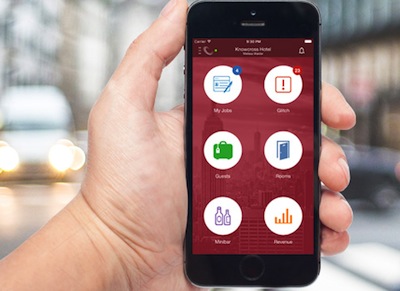 Brands should shift their focus away from channel-centric support to intent-driven. Image credit: Pixabay
Brands should shift their focus away from channel-centric support to intent-driven. Image credit: Pixabay
NEW YORK – Understanding a customer’s intent is the best way to prepare and provide customer service as soon as he contacts the company, according to the CEO of [24]7.
Speaking at Forrester’s CXNYC event in New York on June 20, the CEO spoke about how companies can improve their customer engagement and service. The secret lies in correctly predicting what customers are going to want before they ask for it and in moving away from a channel-centric engagement system and towards an intent-driven one.
"Stop focusing on channels, because it makes things so much more complicated," said PV Kannan, CEO of [24]7. "If a customer chats with customer service and then they have to move to phone, they’re not happy.
"Understanding the holistic journey is more important than ever," he said. "Consistently people abandon the channel they started on and move to another one, and the person they talk to on the phone may not have all the information as the person they spoke to over Twitter."
Intent-driven engagement
Customer service is a difficult thing to get right. For one, customers are usually getting in touch because something is wrong, which starts the interaction on a sour note.
Mr. Kannan cited a recent Twitter exchange between a user and an airline whose name he omitted. The user’s baggage had been lost and the airline’s Twitter account took more than a day to respond to his question online about it.
The airline further bungled the engagement by erroneously stating that the user must direct message them first in order to discuss the problem.
Customer engagement should not be affixed to one single channel. Image credit: L2
A lesson can be learned from this, according to Mr. Kannan. By anticipating what customers want or need before they begin the interaction, many headaches can be avoided altogether.
“When a flier calls their airline on the day of the flight, there’s a high chance they are going to cancel or change flights," Mr. Kannan said. "You can predict that and offer them those options right up front.”
Additionally, a holistic engagement style means that customers who start a conversation on one channel, say in an online chat with customer service, can then switch to a call without losing the progress they have made in getting their problem solved. By doing this, customer service is no longer a slave to the channel and becomes more freeform and easier to handle.
Automated conversations
There have been a plethora of new channels popping up constantly, such as the Apple Home, which was just announced.
These channels present more options for customers and companies to get in touch, with more complexity with each one.
Traditional customer service communication platforms are tired and outdated, and consumers now expect a more modern method for reaching out to brands and retailers, according to L2. Many brands are taking note and launching communication methods on mobile messaging platforms such as Facebook Messenger, with 71 percent of watch and jewelry brands following suit (see story).
Some companies have introduced comprehensive systems specifically for this purpose.
Hotel Ritz Paris recently opened its doors again after a major renovation and is working to ensure its customer service is up to the highest standards. Partnering with hospitality platform Knowcross, the Ritz Paris has installed the technology program in its establishment for staff members to access on any device to manage the hotel (see story).
The Knowcross mobile app. Image credit: Knowcross
These engagement programs that focus on intent can also give companies more options to automate conversations.
"What we've found is when the intent is right, you can automate more than 90 percent of those interactions, which frees up your staff to deal with the more difficult problems," [24]7's Mr. Kannan said.


